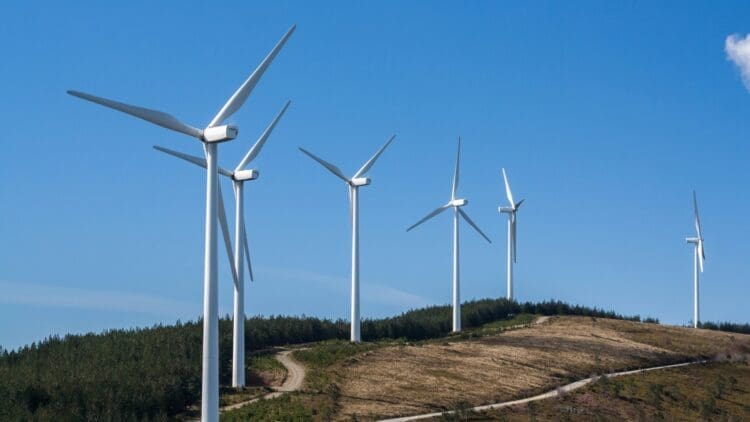As the world grapples with the calls for more to be done to fast-track the adoption of the renewable energy sector, analysts have noted wind surpassing solar as Europe’s leading clean energy driver by 2030. The energy sector across Europe has seen significant increases in renewable energy production that can be attributed to a variety of factors. Leading the charge is the exceedingly hot weather in Europe, which has resulted in an increase in renewable energy generation.
Industry insiders have noted the increased generation from the renewable energy sector in Europe
For far too long, the world has relied on the conventional energy sector to meet energy demands. That reliance has had a disastrous impact on the global environment, as climate disasters become an all too real result of the world’s proclivity for non-renewable energy sources.
As the climate problems have become too significant to ignore, the world’s leaders have laid out their nations’ plans to reduce reliance on the non-renewable energy sector in favor of the renewable power that solar and wind present. What we must remember is that this transition will not take place overnight, but we can take solace in the fact that most nations across the world have made significant steps towards realizing a future where renewable energy is the dominant force in the sector.
Solar power leads the charge, with wind power set to see significant increases by the year 2030
The general acceptance and embrace of the renewable energy sector seen in Europe has been a welcome change from the status quo. A report from the University of Surrey noted that solar energy is the cheapest source of power on the continent.
That report stated that in June of this year, solar power became the EU’s largest source of electricity, outpacing the conventional oil and gas sectors substantially. The report also noted that wind power started the summer strong, with the highest ever generation for the months of May and June.
During this year alone, wind farms generated 16.6% (33.7 TWh) and 15.8% (32.4 TWh) of EU electricity during May and June, respectively. This astonishing turnaround in the European energy sector aligns with the global calls for a reduction in the coal and gas sectors.
Wind power is set to continue to increase and could potentially outpace its solar-powered cousin in the renewable energy sector. When that does happen, wind power will become the dominant force in the energy sector. Coal and gas have seen a significant reduction in production due to a myriad of mitigating factors, including the war in Ukraine and the rise in AI-driven data centers in the United States.
The global proclivity for wind power has seen several countries investing vast amounts of money in new wind farms, further accelerating the transition to the renewable energy sector globally. A prerequisite for the global calls for decarbonization is to invest heavily in both the wind and solar power sectors.
The political leaders in the United States have been urging the global energy sector to embrace the potential that the renewable energy sector presents.
“I strongly agree with Vice President Gore that we cannot drill our way to energy independence, but must fast-track investments in renewable sources of energy like solar power, wind power and advanced biofuels…” – Former US President Barack Obama
The global proclivity for the conventional coal sector is finally coming to an end
Thanks to the undeniable increase in the demand for clean and sustainable energy generation, the wind and solar sectors will continue to play a critical role in the global transition away from fossil fuels. The energy-rich nations of the world are leading the global transition process in the energy sector, like China, which has big plans to push wind and solar capacity. The calls for a global shift in the energy sector have finally begun to produce results that are tangible, and the world could not be happier.





